UTV Mud stains on plastic – Learn How to Remove Them In 2024
UTVs are designed to withstand rough terrains but are not immune to mud stains on plastic surfaces. UTVs are a great way to explore the outdoors, but one of the downsides of using them on muddy trails is the accumulation of mud stains on the plastic components of the vehicle.
Mud stains can make UTVs look unsightly and can even cause damage to plastic parts if left untreated for too long.
To remove UTV mud stains on the plastic, first, rinse off as much mud as possible with water. Then, use warm water and dish soap to scrub the stained area with a soft-bristled brush.
Use vinegar or baking soda for stubborn stains. Always rinse thoroughly with water afterwards.
Mud stains on UTV plastic parts affect the vehicle’s appearance and can cause permanent damage if left untreated. In this article, we will discuss the causes of UTV mud stains on plastic, how to prevent them, and how to remove them.
Causes of UTV Mud Stains on Plastic:
Various factors can cause mud stains on UTV plastic parts. Some of the most typical causes are listed below:
1. Improper Cleaning Techniques:
One of the most common causes of UTV mud stains on plastic is improper cleaning techniques.
After a muddy ride, many people rinse off their UTVs with water alone, insufficient to remove all the dirt and mud.
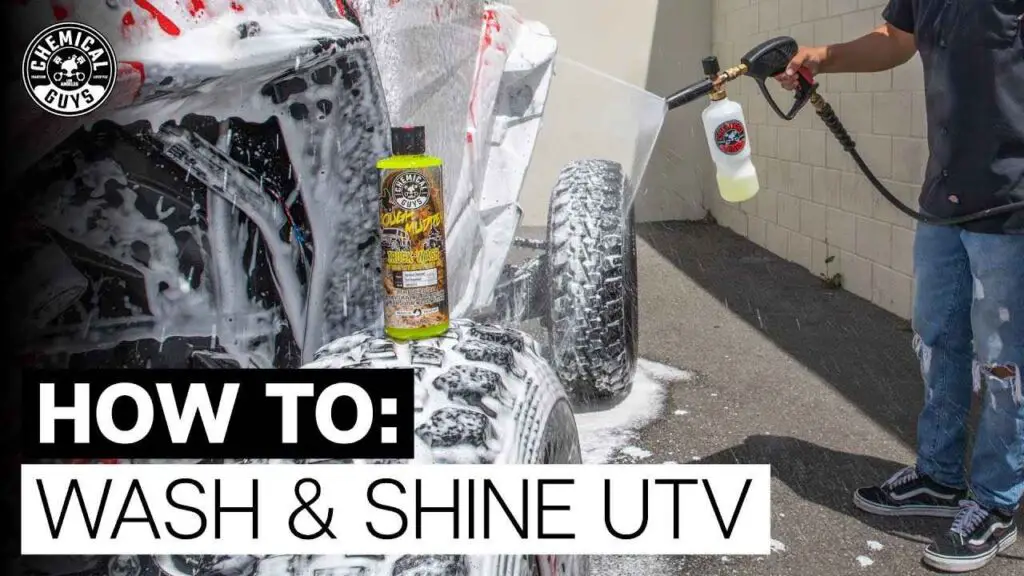
Over time, this can accumulate dirt and grime on the plastic surfaces, causing stains to appear.
2. Exposure to Sunlight:
Exposure to sunlight can cause UTV mud stains on plastic to become more prominent. Over time, UV rays can break down the plastic and cause it to become discolored.

It makes any mud or dirt stains more visible and harder to remove. If you regularly park your UTV in direct sunlight or leave it outside for extended periods, you may notice that stains become more prominent over time.
3. Use of Harsh Chemicals:
Using harsh chemicals to clean your UTV can cause damage to the plastic surfaces and make stains more likely to occur.
For example, using bleach or other abrasive cleaners can cause discoloration and weaken the plastic, making it more susceptible to staining.
4. Inadequate Protection:
Inadequate protection of plastic surfaces before heading out on a muddy ride can make stains more likely to occur.
Without adequate protection, mud and dirt can become ingrained in the surface of the plastic, making it harder to remove stains.
5. Off-Road Driving Conditions:
Finally, off-road driving conditions can also contribute to UTV mud stains on the plastic. Driving through mud, sand, and other challenging terrains can cause dirt and mud to become ingrained in the surface of the plastic, leading to stains.
Off-road driving conditions can significantly impact the appearance of plastic surfaces on UTVs.
Driving through mud, sand, and other challenging terrains can cause dirt and mud to become ingrained in the plastic surfaces, leading to stains that can be difficult to remove.
6. Mud and sand:
Mud is one of the most common culprits for UTV mud stains. As the wheels spin through the mud, they can be splashed onto plastic surfaces, which can become ingrained.
If the mud is not cleaned off immediately, it can dry and become more difficult to remove, leading to stains that may be impossible to remove.
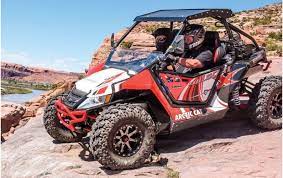
Sand can also be a problem, especially if it is wet. Wet sand can stick to plastic surfaces, making it difficult to remove. Over time, this can lead to stains that are hard to eliminate.
7. Weather:
Weather conditions can also contribute to the formation of mud stains on UTV plastic components.
Rain, snow, and other types of precipitation can cause mud to stick to plastic surfaces and dry out, making it harder to remove.
Similarly, sunlight can cause mud stains to set into the plastic, making them even more challenging to clean.
8. Lack of Maintenance:
Failure to maintain UTV plastic components properly can also contribute to the formation of mud stains.
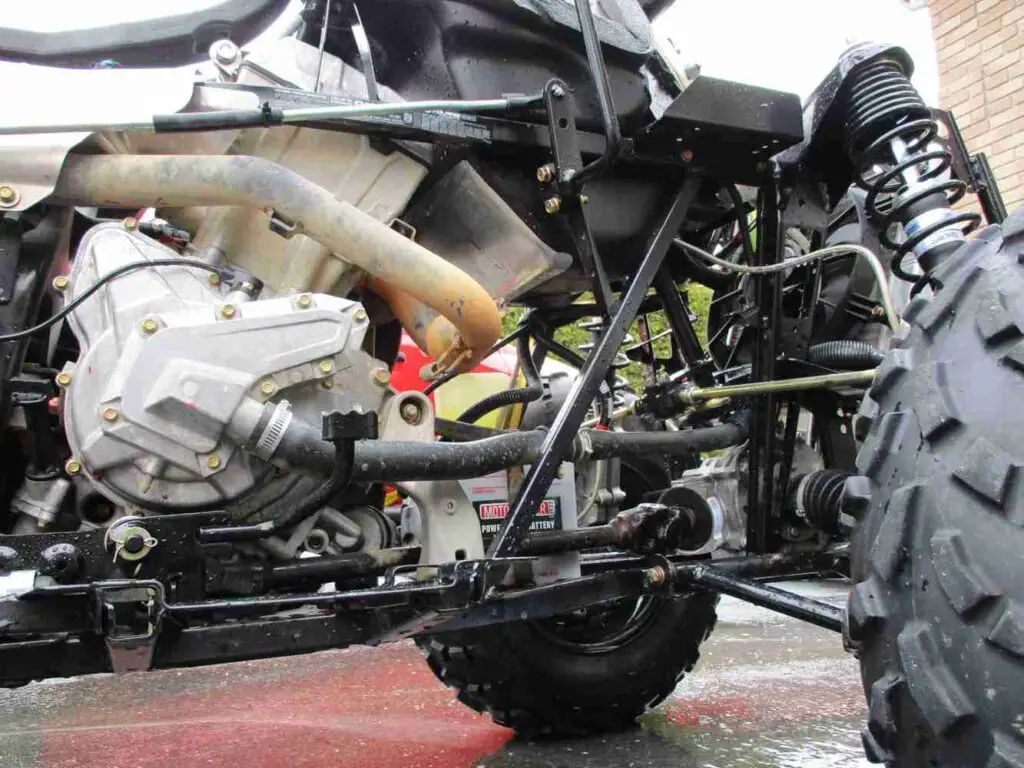
Dirt, dust, and other debris can build up on the plastic surface, making it easier for mud to stick and causing difficulty in removing stains.
9. Poor Quality Plastic:
Sometimes, mud stains on UTV plastic components may result from poor-quality plastic materials.
Cheaper plastics may be more prone to staining, fading, or cracking over time, making it more challenging to keep them clean.
10. Age of Plastic:
As plastics age, they become more porous, making them more susceptible to staining. If your UTV is older, the plastic parts may be more prone to staining.
Preventing UTV Mud Stains on Plastic:
Preventing mud stains on UTV plastic parts is the best approach. Here are some tips on how to prevent mud stains on your UTV plastic parts:
1. Use Protective Coatings:
Protective coatings are one of the most effective ways to prevent mud stains on UTV plastic components.
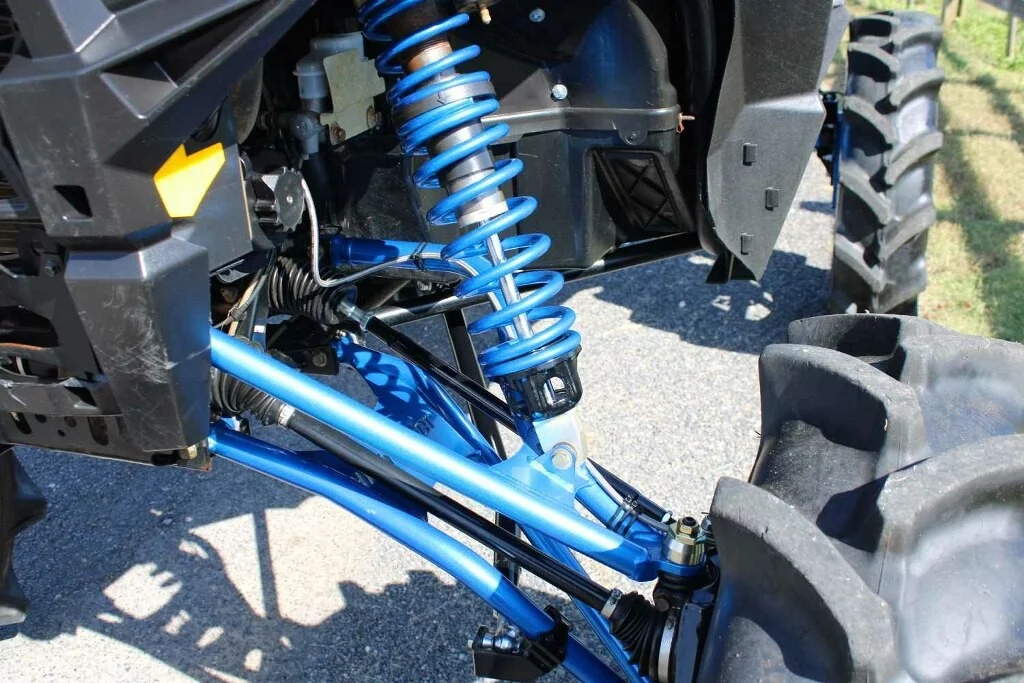
Various types of coatings on the market can make plastic surfaces more resistant to mud stains. Make sure to choose a safe coating on your UTV and follow the instructions carefully.
2. Cover Your UTV:
Another way to prevent mud stains on UTV plastic components is to cover your vehicle when unused.
It can help prevent mud from splashing onto the plastic components and make cleaning easier.
3. Regular Cleaning:
Regular cleaning is essential to preventing mud stains on UTV plastic components. After each ride, use a hose or pressure washer to rinse off any mud or dirt. It can help prevent mud from drying and sticking to the surface.
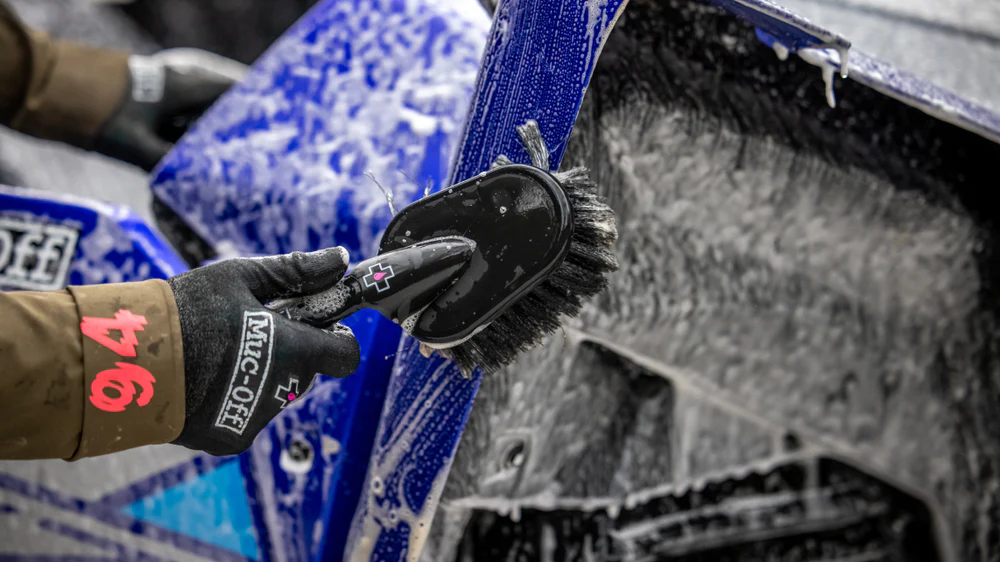
Use a gentle soap and water solution to clean plastic components, and avoid using abrasive tools that could scratch the surface.
4. Apply Wax:
Applying a wax or sealant to UTV plastic components can also help prevent mud stains. The wax creates a barrier between the plastic and the mud, making cleaning any accumulated mud easier.
5. Use Fender Flares and Mud Guards:
Fender flares and mud guards prevent mud from splashing onto your UTV plastic parts. They can be installed easily and are available for different UTV models.
6. Avoid Mud Puddles:
If possible, avoid driving through deep mud puddles. Deep mud puddles are more likely to splash mud onto your UTV plastic parts, causing stains.
Removing UTV Mud Stains on Plastic:
If you failed to prevent mud stains on your UTV plastic parts, don’t worry. Here are some effective methods for removing UTV mud stains on plastic:
1. Soap and Water:
One of the simplest ways to remove mud stains from UTV seats is by using soap and water. Mix warm water and a block of mild soap, such as a dish or car wash, and apply them to the stained area.
Use a soft-bristled brush or a sponge to scrub the area gently. Repeat the process of rinsing with water until the discoloration is removed.
Be careful not to use too much water, as it can seep into the foam beneath the seat and cause damage.
2. Baking Soda and Water:
Baking soda is a natural cleaner that effectively removes mud stains from UTV plastic parts. Mix baking soda and water to paste and apply them to the stained area.
Use a soft-bristled brush or a sponge to scrub the area gently. Repeat the process of rinsing with water until the stain is removed.

3. Vinegar and Water:
Vinegar is a natural cleaner that can remove mud stains from UTV seats. Mix equal white vinegar and water and apply it to the stained area. Let it sit for a few minutes to loosen the mud stain.
Use a soft-bristled brush or a sponge to scrub the area gently. Repeat the process of rinsing with water until the stain is removed.
Note that vinegar has a strong odour, so make sure to rinse the seat thoroughly.
4. Magic Eraser:
Magic Erasers are a popular cleaning tool that can remove stubborn mud stains from UTV plastic parts. Wet the Magic Eraser and use it to scrub the stained area gently.
Repeat the process of rinsing with water until the stain is removed. Note that Magic Erasers can be abrasive, so use them carefully on delicate plastic parts.
5. Commercial Cleaners:
If the above methods fail to remove the mud stains, various commercial cleaners are available in the market that can be used to remove mud stains from UTV plastic parts.
Make sure to choose a safe cleaner on plastic surfaces and follow the instructions carefully.
6. Pressure Washer:
If you have access to a pressure washer, you can use it to remove mud stains from UTV seats.
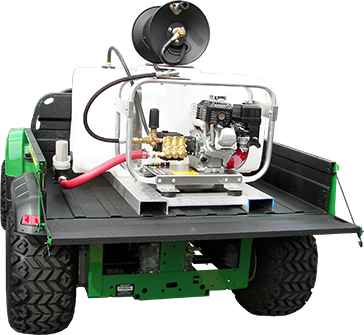
Use a low-pressure setting and hold the nozzle at least six inches from the seat to avoid damaging the material. Rinse the seat thoroughly with water after using the pressure washer.
7. Upholstery Cleaner:
If the mud stain is stubborn and does not come off with soap, water, or vinegar, you can use an upholstery cleaner designed for vinyl or leather seats.
Apply the cleaner according to the instructions on the label and use a soft-bristled brush or a sponge to scrub the area gently.
Rinse with water and repeat the process until the stain is gone. Make sure to choose a cleaner that is safe for use on UTV seats.
Frequently Asked Questions:
What are UTV mud stains on plastic?
UTV mud stains on plastic are discolourations or marks caused by mud, dirt, and debris that accumulate on the plastic components of a UTV, such as the fenders, doors, and bumpers.
Can UTV mud stains on plastic damage the vehicle?
If left untreated, UTV mud stains on plastic can cause damage to the vehicle. The mud can seep into small cracks and crevices, causing corrosion or rust over time.
What causes UTV mud stains on plastic?
UTV mud stains on plastic are caused by mud, dirt, and debris that accumulate on the plastic components of a UTV during off-road driving.
Can I use abrasive tools to clean UTV plastic components?
No, abrasive tools such as steel wool or scrubbing pads should not be used to clean UTV plastic components as they can scratch or damage the plastic surface.
Can I use household cleaning products to clean UTV plastic components?
While some household cleaning products can effectively clean UTV plastic components, they may also contain harsh chemicals that can damage the plastic surface. It’s best to use a cleaner specifically designed for UTV plastics.
Conclusion
UTV mud stains on plastic parts are a common problem that can affect the appearance and longevity of your UTV.
Prevention is the best approach; regular cleaning and applying protective coatings can help prevent mud stains.
However, if mud stains occur, there are various methods for removing them, including soap and water, baking soda and water, vinegar and water, Magic Erasers, and commercial cleaners.
Following this article’s prevention and removal methods, you can keep your UTV plastic parts looking clean and new for years.
Related Post:



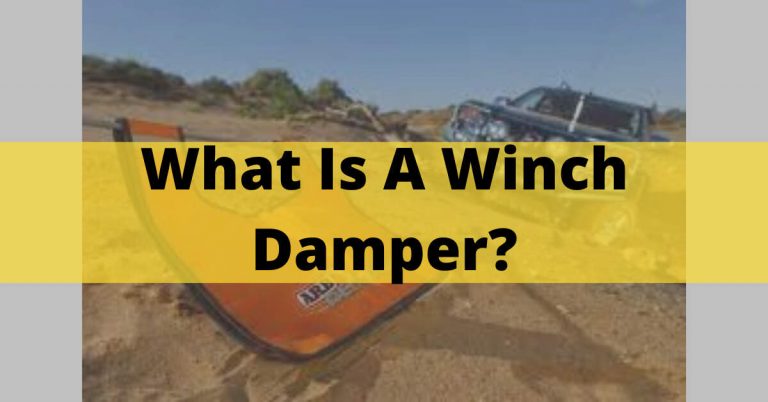
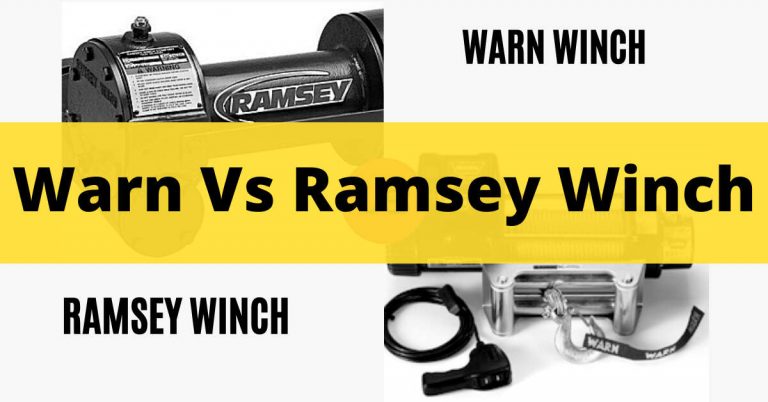
![How To Use Winch Without Remote? – [Safety Tips In 2023]](https://garagegrabber.com/wp-content/uploads/2022/09/How-To-Use-Winch-Without-Remote-768x402.jpeg)

